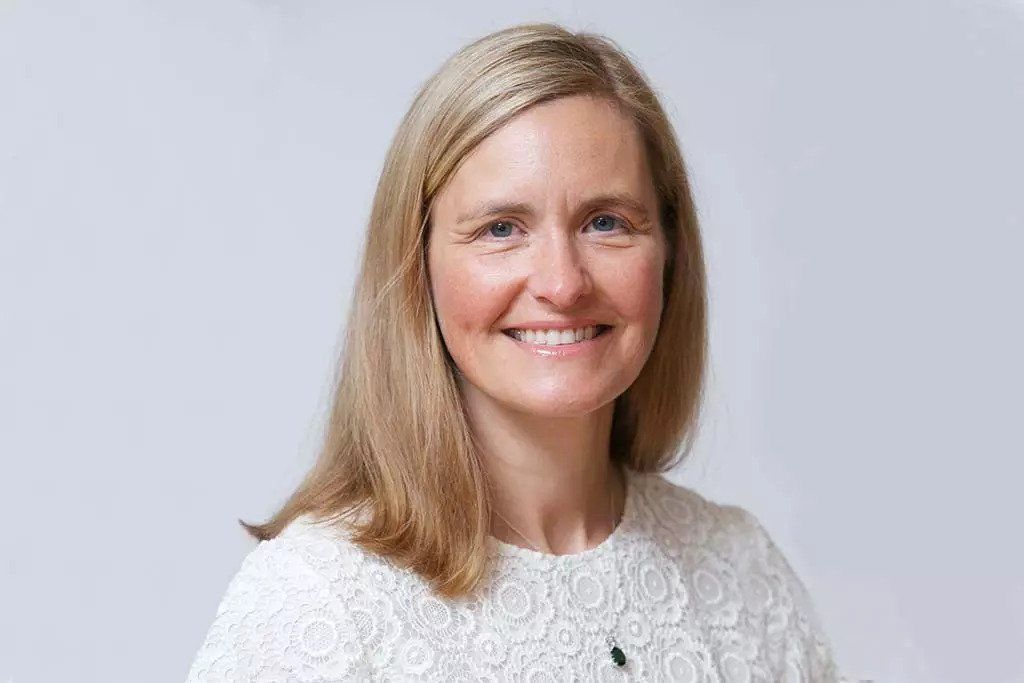
Listening to diverse communities – why patients’ voices matter
Dr Henrietta Hughes
- Lived experience
- Communication and administration
It is essential that the voices of people from diverse communities are heard and acted upon because we will only be effective in improving patient safety for everyone if we include these groups.
There has been progress in making our health services more representative so that the workforce better reflects the many and diverse patients it serves. There has also been an improvement in the reporting of safety incidents and more channels for patients – as well as staff – to speak up. We need to be continuously listening and alert to early signals of harm and act swiftly when these are detected. As seen recently when groups of patients or staff aren’t able to or don’t feel safe to raise concerns, or the system fails to listen, we will have gaps that can lead to avoidable harm or death.
Safety initiatives can sometimes leave patients from diverse communities behind and we need a national, strategic approach to tackle this. Take the Patient Information Leaflet found in every box of medicine. Devised to warn patients of potential side-effects, it is not written from the point of view of patients. The language is complex and the format makes it difficult to read. Only 10% of people in a recent survey said they read the patient information leaflet every time they take a medicine. This is in the context of 237 million medication errors every year, leading to 1,800 deaths and many more patients harmed. Would it not be better if the information was available in a way that suited the needs of all patients?
Last year when I started in my role, I called for an improvement in the Patient Information Leaflet, that it should be available in different languages, in easy read, as videos, and in a format that patients can choose. Therefore I am so pleased now to be part of a task force reimagining medicines information. Working with the Association of British Pharmaceutical Industries, an Academic Health and Science Network, and pharmaceutical companies, the goal is to digitise the Patient Information Leaflet and then to produce a range of patient-centred resources so that people get the information they need to be able to consent to treatment, to know more about their medicines, and be able to flag concerns and side effects.
But the only way to know what works for patients is to include people in the design of this system. For example, I have connected the Royal National Institute for the Blind with the task force. It’s only when people are invited to contribute rather than being ignored and fobbed off that we can say, ‘the culture is changing’. If patients that you support are interested in being involved, please get in touch.
Encouraging patients from diverse communities to raise concerns begins with the attitude and culture of the healthcare system. We need to cultivate and maintain a culture of psychological safety to rebalance the power dynamic between patients, healthcare professionals and providers. This dynamic is even greater when patients are from diverse communities.
Alongside a psychologically safe culture, providers must embed co-production through patient participation in the design and delivery of services at every level. Organisations that promote inclusivity of their members and patients can achieve the best patient safety outcomes by valuing and encouraging continuous input from patients, carers, and families.
Therefore providers need to invite patients in, not just tick the ‘engagement’ box. They need to set up and support patient participation groups and work on their relationships with diverse communities, identifying and tackling the barriers that these groups face. It is these relationships that will empower patients with the knowledge and opportunities to raise issues about patient safety, knowing that their feedback will lead to improvements.
Patient voices also need to be incorporated into governance from Board to ward and through the new Patient Safety Partner role. When recruiting, organisations need to think about how to attract diverse communities to these roles. Reporting systems need to be equitable – from the Patient Safety Incident Response Framework through to Yellow Card reporting.
Getting it right for diverse communities means making it better for everyone.
It would be great to hear examples where your organisation has included diverse communities and to be able to share good practice in this area. When everyone feels safe and confident to question, challenge, and raise concerns and know that these will be well received, the opportunities for reducing or even eliminating avoidable harm are within our reach.
Biography
Acting as an independent champion for patients, Henrietta leads a drive to improve the safety of medicines and medical devices by ensuring that patient voices are at the heart of the design and delivery of healthcare in England.
A practising GP and a member of the guiding group of the Women’s Health and Care Leaders Network, Henrietta was previously the National Guardian for the NHS and a Medical Director at NHS England. Henrietta has held executive and non-executive roles in the NHS and is Chair of Childhood First, a children’s charity.